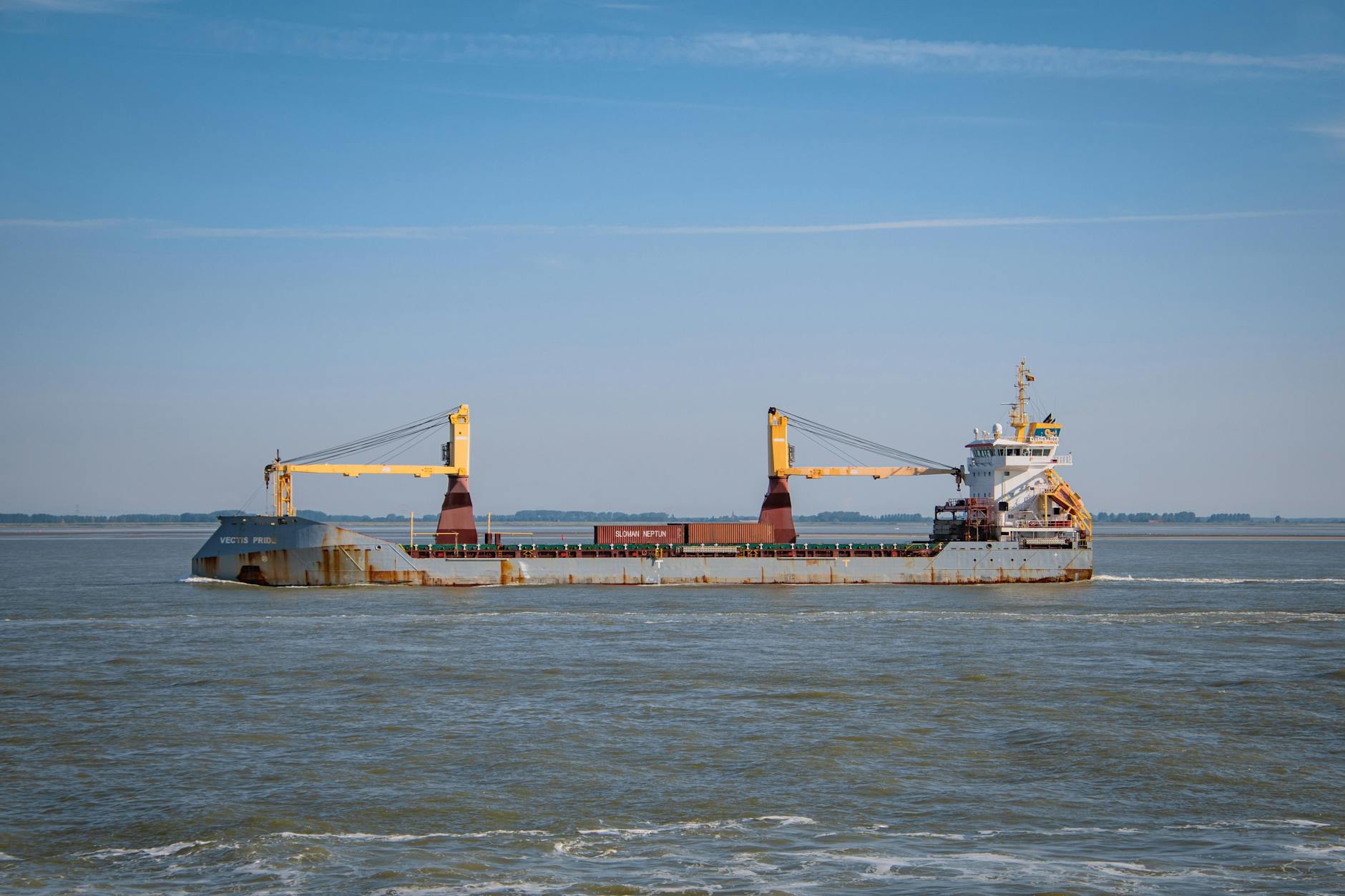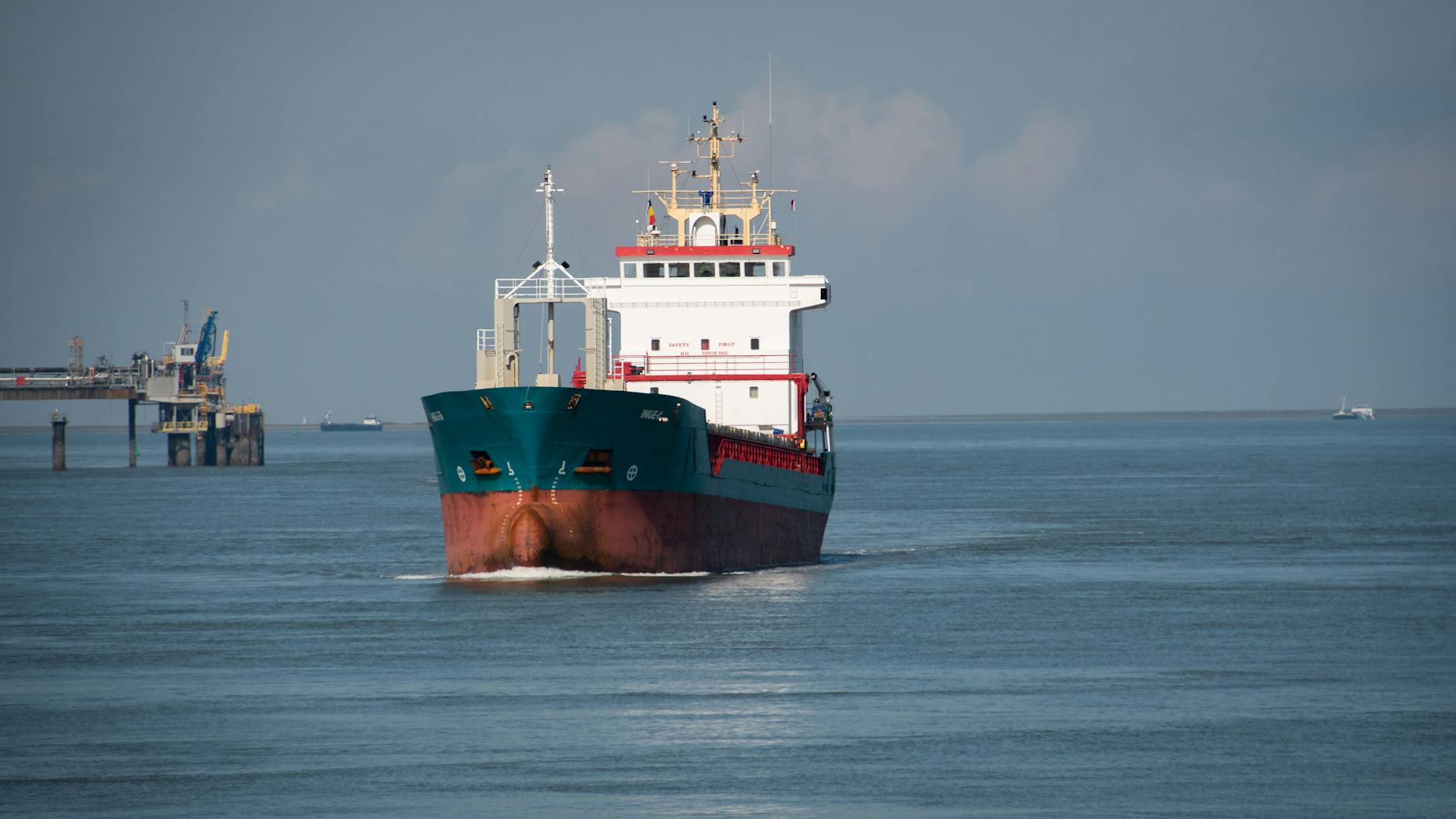Can Advanced Logistics Systems Transform Your Warehouse in Australia?

Understanding Advanced Logistics Systems
Core Components of ALS
Advanced Logistics Systems (ALS) are integral to streamlining operations in today's complex supply chains. At the heart of ALS are software, communication, and data analytics systems that align with the specific needs of warehouses. From Inventory Management Systems (IMS) to automation technology like robots, each component plays a crucial role in enhancing pick and pack efficiency. These systems facilitate real-time tracking and management, ensuring that every item moves seamlessly from storage to dispatch.
Integration with Existing Systems
Integrating ALS with existing warehouse systems can be quite a puzzle. However, collaboration between IT professionals and logistics managers is key, especially in hubs around the Melbourne Industrial Precinct. By focusing on interoperability, seamless integration can be achieved, thereby enhancing operational efficiency. One strategy is using middleware solutions that act as a bridge between legacy systems and new technologies. This approach can simplify data exchange, allowing for better system communication and improved workflow management.
Benefits for Warehouses
For warehouses, incorporating ALS provides numerous benefits. ALS improves accuracy with minimal human intervention, thereby reducing errors significantly. It also boosts efficiency, allowing faster order fulfilment rates, particularly in bustling locations like the Port of Melbourne's distribution centres. Additionally, implementing ALS can lead to substantial cost savings by optimising resource utilisation. The enhanced efficiency and reliability of these systems support warehouse operations in meeting market demands swiftly and effectively. By leveraging ALS, warehouses can remain competitive while meeting the growing expectations of their clients.
Environmental Impact
Reducing Carbon Footprint
When considering the environmental impact of logistics, one cannot overlook the significance of effectively reducing our carbon footprint. In my role, I continuously evaluate logistics strategies, ensuring sustainable practices are prioritised. Logistics hubs like those in the Port of Melbourne play a crucial role in optimising transport routes and consolidating shipments. This leads to fewer trips and substantial emissions reduction. It’s rewarding to see these initiatives unfold—reducing waste while maintaining efficiency.
Eco-Friendly Transportation Options
Adopting eco-friendly transportation is another vital step. By incorporating electric vehicles and exploring alternative fuel options, logistics networks can significantly lower greenhouse gas emissions. I recommend testing hybrid options within areas like the Melbourne Industrial Precinct, where innovations can be directly observed. Embracing these changes not only aligns well with modern logistics solutions but acts as a catalyst for broader adoption across the sector.
Sustainable Packaging Solutions
Material selection is paramount, and choosing sustainable packaging solutions offers an impactful way to conserve resources. For example, utilising biodegradable materials or reusable boxes can dramatically cut down on waste. By engaging with a 3PL logistics company that prioritises such methods, one can instil more environmentally responsible practices among warehouse teams. Through continuous emphasis on greener options, we contribute positively to both logistics operations and the planet.
Implementation Challenges
Overcoming Infrastructure Barriers
Navigating the complexities of modern logistics often involves tackling significant infrastructure obstacles. Elements like outdated facilities and regional constraints within the Melbourne Industrial Precinct play a critical role in hindering innovation, such as the switch to sustainable logistic practices. To effectively overcome these challenges, consider implementing strategies that align with urban growth projections. Upgrades to local distribution centers, particularly those connected to the 3PL ecosystem, can improve efficiency and reduce transportation bottlenecks.
Employee Training and Adaptation
In the transition to more sustainable logistics methods, staff training is paramount. Employees must adapt to new technologies and refine skill sets to optimise eco-friendly practices, like efficient pick and pack systems. Designing comprehensive training modules that focus on awareness and adoption of green initiatives will empower your team. Regular workshops at strategic locations like Fishermans Bend can facilitate knowledge exchange, equipping employees to handle tasks with enhanced competency.
Technological Compatibility Issues
Introducing advanced logistics technologies often brings compatibility issues. Existing systems may not easily integrate with new software or green solutions, necessitating a thorough compatibility assessment. It’s essential to select technological platforms that harmonise with current operations to mitigate disruptions. Assessing compatibility as part of the pre-implementation phase ensures smoother transitions and maximises the benefit of greener logistics initiatives.
By focusing on resolving infrastructure hurdles and fostering workforce adaptability, businesses can better navigate the evolving logistics landscape in Melbourne. These tailored strategies not only enhance operational efficiency but also contribute to a more sustainable future.
Avoiding Implementation Pitfalls
Navigating Regulatory Hazards
In the bustling world of logistics around the Port of Melbourne, overlooking local regulations can be a costly error. Melbourne's supply chain professionals must ensure that every step of system integration complies with local legislative mandates. This includes aligning with the distribution center zoning laws and adhering to environmental guidelines set within the precinct. To stay on top of compliance, we should regularly review changes in policies, which often reflect Melbourne's push towards greater sustainability and efficiency in logistics operations.
Emphasising Scalability
Another common mistake is bypassing the importance of scalability. As the landscape of logistics continues to evolve, largely driven by the demands within Melbourne's Industrial Precinct, systems must adapt to increasing loads and variety in shipments. Implementing a scalable solution from the outset means we anticipate growth, ensuring the infrastructure can handle surges without jeopardising service quality or operational efficiency. Scalability allows us to be agile, responding to shifts in consumer demand and the expanse of logistical operations, be it in traditional warehouses or cutting-edge supply chain innovation spaces like those at Fishermans Bend.
Managing Initial Setup Expectations
Lastly, underestimating the time required for initial setup can derail logistics projects before they truly begin. The complexity of integrating advanced systems in Melbourne's logistical sphere requires meticulous planning stages. Identifying the potential roadblocks early, such as specific infrastructure needs or technological synchronisation challenges, minimises disruptions. By setting realistic timelines and maintaining clear communication with all stakeholders, we can ensure a smoother transition to advanced logistics systems, delivering the operational excellence pivotal in Melbourne's logistics hubs.


